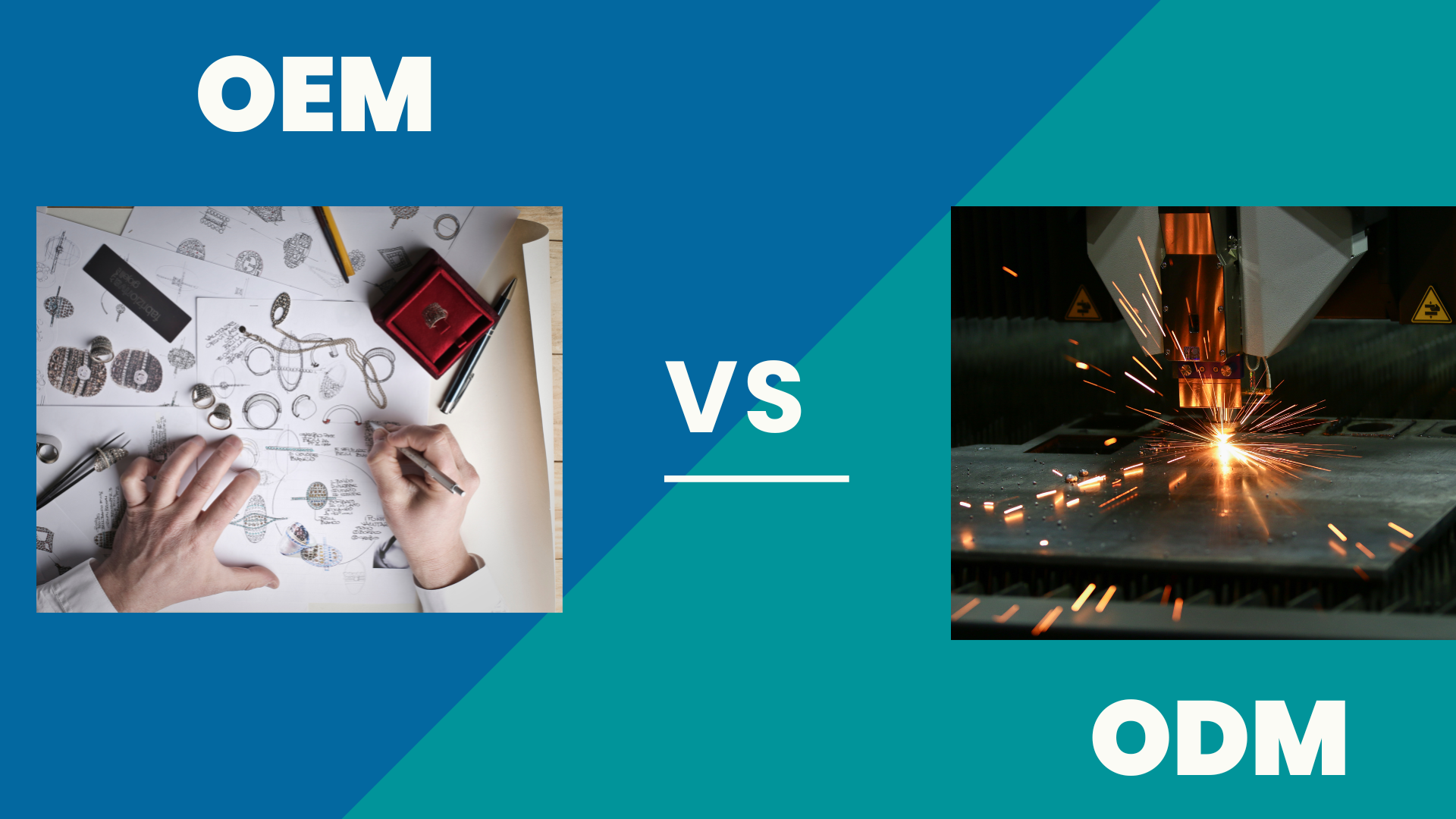Comparing OEM vs. ODM Manufacturing in Vietnam
Vietnam’s growing reputation as a global manufacturing hub has made it a key destination for Original Equipment Manufacturer (OEM) and Original Design Manufacturer (ODM) models. As businesses around the world seek alternatives to traditional sourcing countries, Vietnam’s competitive edge in cost, infrastructure, and skilled labor has made it a serious contender. Understanding the differences between OEM and ODM—and how they apply in Vietnam—is essential for companies aiming to streamline production and increase profitability.
OEM Manufacturing: Control with Complexity
OEM manufacturing involves the buyer providing the design and specifications. The Vietnamese factory is responsible for producing goods to those exact requirements. This model is ideal for businesses that want to maintain full control over their branding, design, and innovation pipeline.
Companies that opt for OEM solutions in Vietnam often have established R&D capabilities. They seek Vietnamese factories for their cost advantages, skilled workforce, and improving technological infrastructure. However, the burden of product development and compliance falls entirely on the buyer. This includes responsibilities like obtaining necessary certifications and handling intellectual property protections.
Vietnam’s OEM market is robust across multiple industries such as textiles, furniture, electronics, and mechanical components. U.S. companies importing through OEM channels typically work closely with a bestsourcing agent Vietnam to vet factories, ensure material quality, and coordinate logistics efficiently.
ODM Manufacturing: Speed and Simplicity
In contrast, ODM allows buyers to choose from pre-developed product templates provided by the manufacturer. These designs can be lightly customized and then branded for the end buyer. This model is best suited for companies looking to enter the market quickly, especially startups or smaller brands that lack design and engineering departments.
Vietnamese ODM manufacturers have become increasingly innovative, offering cutting-edge designs in home goods, electronics, apparel, and more. These companies often handle the majority of product development, significantly reducing time-to-market for foreign buyers.
Choosing an ODM route in Vietnam can help companies avoid the lengthy process of prototyping and testing. A bestsourcing agent Asia can guide buyers through available ODM options and help negotiate terms that align with their quality and customization needs.
Key Differences Between OEM and ODM in Vietnam
| Factor | OEM Manufacturing | ODM Manufacturing |
|---|---|---|
| Design Ownership | Buyer | Manufacturer |
| Product Customization | Full customization | Limited customization |
| Time-to-Market | Longer | Faster |
| Upfront Costs | Higher (due to development costs) | Lower |
| Intellectual Property | Fully retained by buyer | May require shared rights or negotiation |
Both models have distinct advantages. OEM is ideal for established companies looking for manufacturing support without compromising proprietary technology. ODM, on the other hand, is a great entry point for new businesses needing speed and affordability.
Why Vietnam Is Ideal for Both Models
Vietnam offers a unique environment for both OEM and ODM models due to a blend of favorable conditions:
-
Cost-Effectiveness: Labor and operational costs remain competitive.
-
Skilled Workforce: Engineers and technicians are increasingly trained for precision work.
-
Government Support: Policies are encouraging FDI, particularly in manufacturing.
-
Trade Agreements: Vietnam’s involvement in multiple FTAs improves access to global markets.
-
Diversified Industry Base: From electronics to garments, the country supports a wide range of manufacturing sectors.
Working with a trusted bestsourcing agent Vietnam ensures that foreign businesses can connect with the right factories, comply with regulations, and avoid costly mistakes.
Case Study: Electronics OEM vs. Apparel ODM
Consider two businesses sourcing from Vietnam—one is a U.S.-based tech company needing custom PCB boards, while the other is a startup selling private-label athletic wear.
The tech company prefers OEM, as it must protect its proprietary circuitry. It hires a bestsourcing agent Asia to perform factory audits and help with IP agreements. In contrast, the apparel brand chooses ODM, selecting from catalog-based designs that are easy to rebrand and ship within weeks.
Each model offers tailored advantages depending on the strategic goals and capacity of the buyer.
Navigating Challenges in Vietnam’s OEM/ODM Markets
Despite Vietnam’s many strengths, challenges do exist. OEM buyers may struggle with intellectual property enforcement if contracts aren’t airtight. ODM buyers might face limitations in customization and potential market saturation with similar products.
Partnering with an experienced bestsourcing agent Vietnam mitigates many of these issues. Agents act as a local bridge, ensuring clarity in communication, transparency in costs, and reliability in delivery schedules.
Final Thoughts
Choosing between OEM and ODM when manufacturing in Vietnam depends largely on your company’s goals, resources, and market strategy. Both options provide significant advantages, especially when paired with Vietnam’s strong manufacturing base and growing digital infrastructure.
By collaborating with a vetted bestsourcing agent Asia, businesses can maximize their sourcing success while navigating local complexities with confidence.
Whether you are scaling a product line or launching a new one, Vietnam offers the right manufacturing model to match your ambitions.

